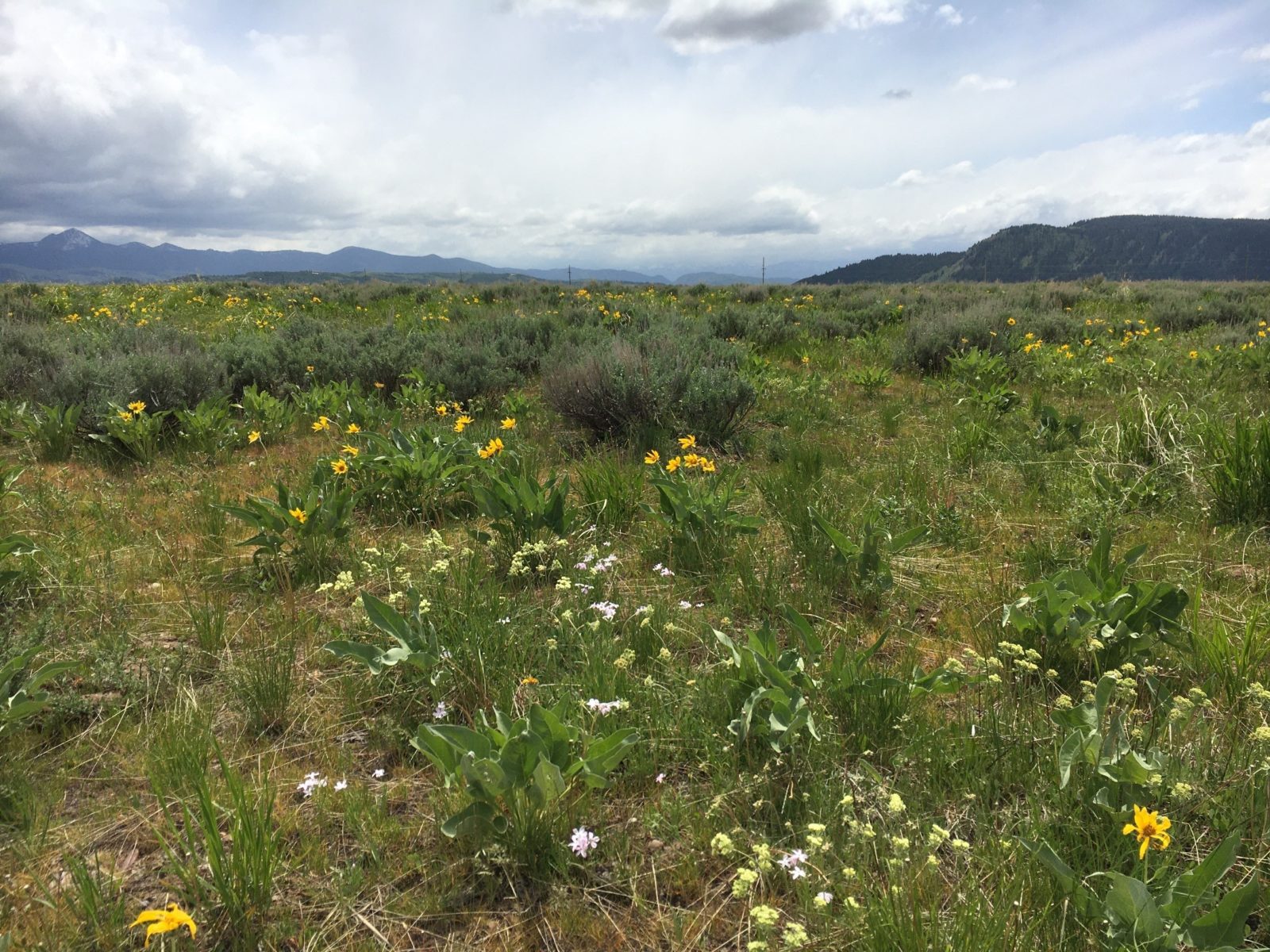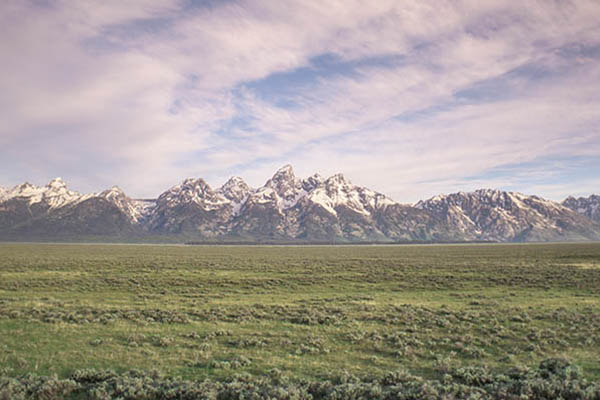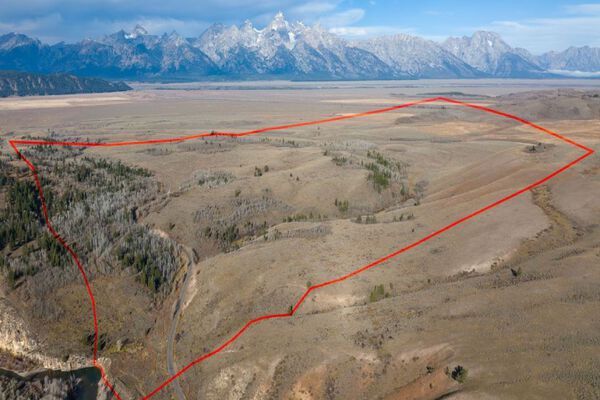The National Fish and Wildlife Foundation (NFWF) has awarded a grant to support the restoration of sagebrush ecosystem in Grand Teton National Park (GTNP) with a multi-year, $150,000 award to Grand Teton National Park Foundation. The grant will enable the restoration of naturally functioning sagebrush-grassland habitat in the heart of Grand Teton for the benefit of wildlife and people alike—an area known as the Kelly Hayfields.
Since 2009, GTNP has been working to restore 4,500 acres of converted agricultural fields to their natural sagebrush conditions—conducting controlled experiments, initial restoration, and utilizing an adaptive management approach to achieve long-term, high quality restoration goals. This project is a conservation objective that takes decades to fully achieve and, thanks to the award from NFWF and the support of additional donors, the project will continue to advance in meaningful ways.

NFWF awarded this grant through the Rocky Mountain Rangelands program, a partnership between NFWF, the Department of Interior’s Bureau of Land Management, the USDA Natural Resources Conservation Service, Cargill, and the Darden Restaurants, Inc. Foundation. Project work over the next several years will restore significant acreage in Grand Teton toward native plant communities and resilient wildlife habitat; reduce invasive weed species as more native plant species become established; and build on local partnerships and interagency collaboration.
To date, nearly 1,500 acres of the Kelly Hayfields are considered to be in various stages of restoration. As the project has progressed, so too has the park’s experimentation with different management techniques to yield better outcomes overall—including greater diversity of native plant species and higher quality habitat, which together are key to supporting wildlife and a balanced ecosystem.
The park implements a multi-year, multi-step process that includes the removal of nonnative hay crop, the collection and propagation of native seeds both on and off-site, several years of replanting fields with native species, and ongoing monitoring and treatment of invasive plants.

Areas in which early restoration has been completed offer a visual contrast to untreated areas, demonstrating increased floral diversity and benefits to bison, elk, pronghorn, sage-grouse, songbirds, and other native wildlife while supporting a higher quality visitor experience overall.
The Kelly Hayfields project represents one of the largest efforts of its kind in the National Park Service today in terms of size, intensity, and depth of restoration goals the project seeks to achieve. With this NFWF grant and the support of additional donors, we are able to carry this important work forward over the next several years, returning the Hayfields to natural sagebrush conditions.
Thanks again to NFWF and its funding partners for their generous partnership—this project would not be possible without your continued commitment to conservation in the West! We look forward to sharing updates as restoration work progresses next summer.
Learn more about NFWF’s Rocky Mountain Rangelands Program here, and more about this grant to Grand Teton National Park Foundation and other 2022 NFWF grant recipients here.











